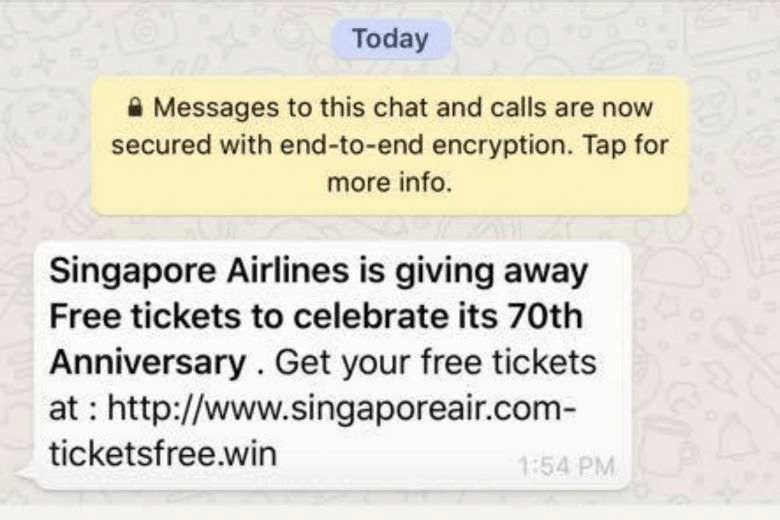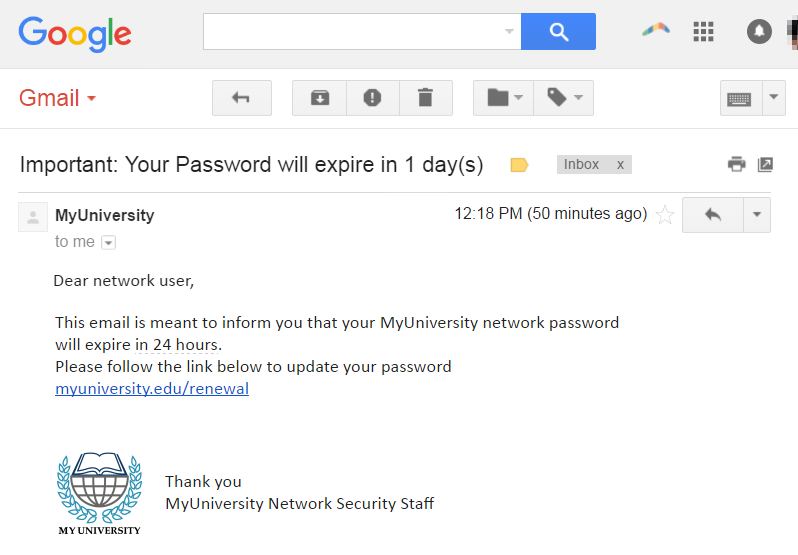Phishing Attacks On Social Media Explained: Dos and Don’ts

A news report from IANS revealed that India is among the top three countries facing phishing attacks, primarily via WhatsApp and Telegram. The largest share of detected malicious links was between December 2020 and May 2021.
According to data shared by Kaspersky Internet Security for Android, part of the cybersecurity firm Kaspersky Lab. Such links were sent mostly via WhatsApp (89.6 percent), followed by Telegram (5.6 percent). Messaging app Viber was in third place with a share of 4.7 percent, and Hangouts had less than one percent share. The countries experiencing the highest number of phishing attacks were Russia (46 percent), Brazil (15 percent), and India (7 percent).
“Statistics show that phishing in instant messenger apps is still one of the most popular tools among scammers. This is partly due to the wide popularity of these apps among the audience, as well as the ability to use the built-in functionality of applications to carry out attacks,” said Tatyana Shcherbakova, Senior Web Content Analyst at Kaspersky.
What is a Phishing Attack?

In a phishing attack, a cybercriminal sends a fraudulent message designed to trick a human victim. That message usually comes with a false link asking for your personal details. This reveals sensitive information to the attacker or deploys malicious software, such as ransomware, on the victim’s infrastructure.
Sometimes, it can be difficult to determine whether an attack is phishing. The difference can be just one character or a minor mistake. “Vigilance combined with anti-phishing technologies form a reliable tool in the fight against phishing,” Shcherbakova said in a statement.
According to researchers, messenger apps outstripped social networks by 20 percent in 2020. This is because of its popularity among users that it became the most popular tool for communication.
The Kaspersky team recorded 91,242 detections globally between December and May. Telegram had the least amount of detections but was similar in geography to WhatsApp. The largest number of malicious links were detected in Russia (56 percent), India (6 percent), and Turkey (4 percent).
Scammers often use WhatsApp and other messengers to communicate with users found on a legitimate resource (for example, various marketplaces and accommodation booking services) and use them as a method of communication in malicious messages.
How to Prevent Phishing Attacks?
“Even if messages and websites look real, the hyperlinks, most likely, will have incorrect spelling, or they can redirect you to a different place,” the researchers noted. Even if a message or letter came from one of your best friends, remember that their accounts could also have been hacked. “Remain cautious in any situation. Even if a message seems friendly, be wary of links and attachments,” they advised. (IANS)
Examples



Frequently asked questions
These attacks become successful because of the lack of awareness about internet security. Users lacking awareness and criminals becoming more sophisticated have led to phishing attacks becoming an everyday thing.
These are the most common type of phishing attacks.
Email phishing (malicious links in the email)
HTTPS phishing
smishing (malicious links in text messages)
One can tell if a message is a phishing attack, especially any suspicious attachments, unfamiliar tone, request for personal details, and an unusual request.






